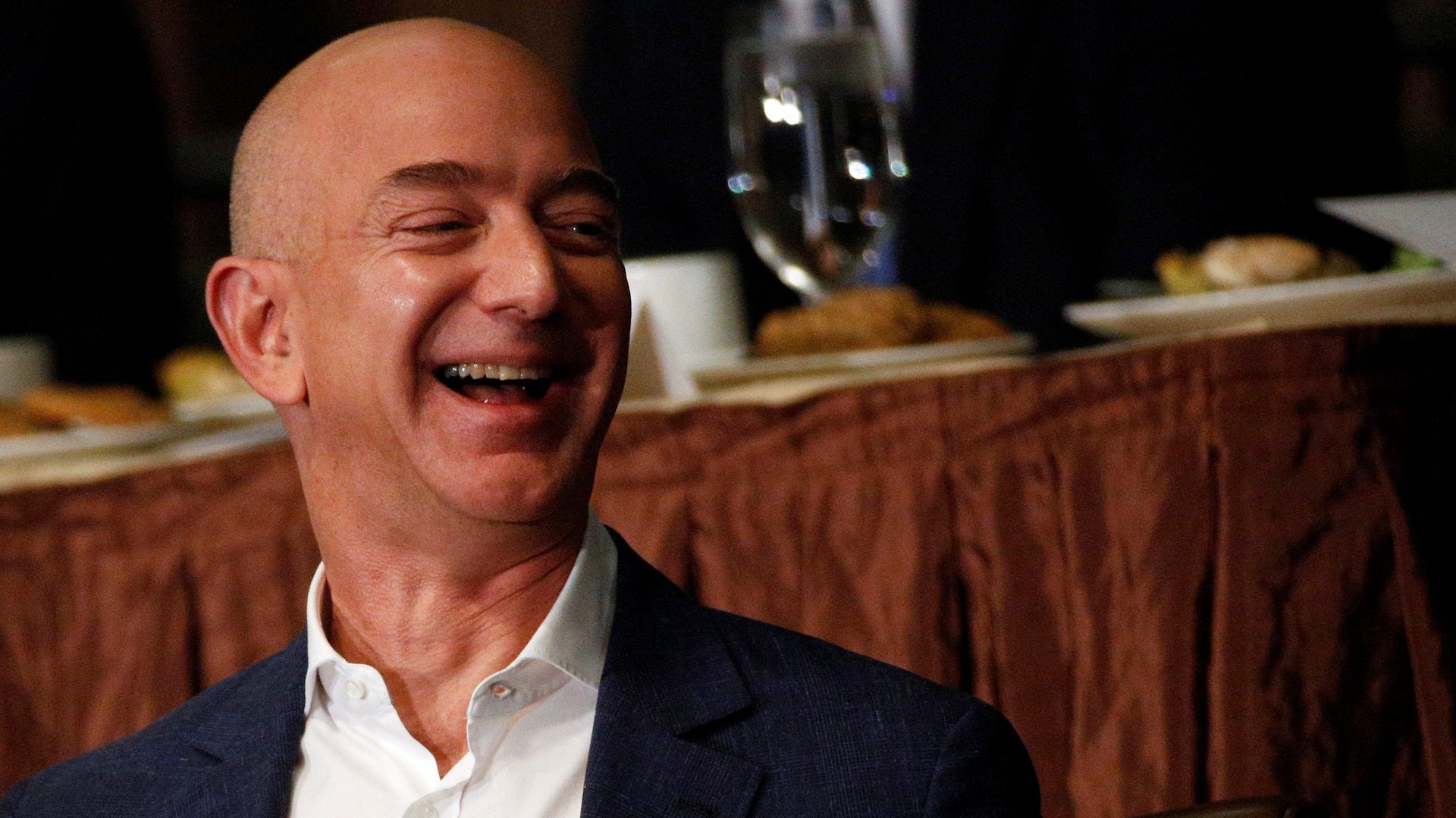Amazon is quietly building a digital advertising powerhouse
While Snapchat and other digital-advertising entrants have burst onto the scene—vying for ad dollars against juggernauts like Google and Facebook—Amazon has stealthily snatched market share and introduced new tools to make it easier for marketers to buy ads on its platforms.


While Snapchat and other digital-advertising entrants have burst onto the scene—vying for ad dollars against juggernauts like Google and Facebook—Amazon has stealthily snatched market share and introduced new tools to make it easier for marketers to buy ads on its platforms.
eMarketer estimates that Amazon will bring in $1.8 billion in digital-advertising revenue worldwide this year, up from $1.4 billion last year. (Amazon does not break out revenue from advertising.) That’s double the $900 million Snapchat, which just had a disappointing second quarter as a public company, is forecasted to make.
That said, Amazon has quite a few years on Snapchat, which only went public this year. And it’s revenue is nowhere near what Google and Facebook, who together control about half the global digital-advertising market, rake in. Facebook posted $27 billion in advertising revenue last year, and Google, $60 billion (pdf).
But the e-commerce giant is positioning itself to become a strong potential “third force” in the space, as Martin Sorrell, CEO of WPP, the world’s largest advertising group, puts it. ”Amazon is becoming a force in advertising,” said Sorrell, on his company’s August earnings call. “Surrounding all of this for our clients is the question of who controls the data.”
It’s a role that Snapchat, Verizon’s new AOL-Yahoo combination Oath, Twitter, and others are contending for as well.
Amazon works in a wide swath of businesses from retail to media to grocery. Advertisers are also drawn to Amazon, because unlike some of its rivals, the platform was built for buying things. That makes it an ideal space to push products. Sorrell estimated that about half of all product searches in the US now start on Amazon.
He says the e-commerce giant keeps him up at night, because he’s wary of embracing another opaque player that holds its data and the way it measures ad effectiveness close to the vest. Facebook and Google have been criticized by advertisers for not being as transparent as traditional media. And, in some instances, not showing where ads are placed until it’s too late.
It’s unclear how forthcoming Amazon, which keeps a tight lid on data and hasn’t even revealed how many members subscribe to its Prime subscription service, will be.